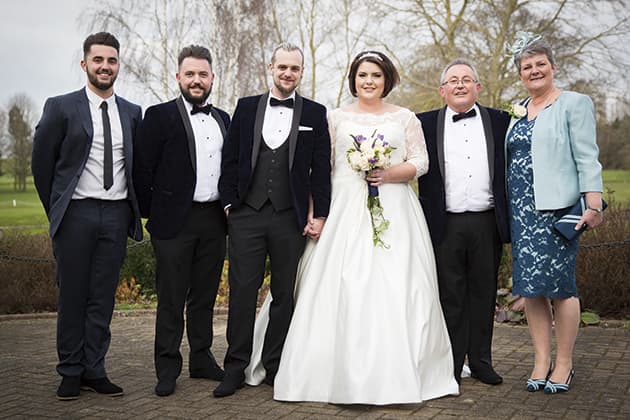It’s always risky for an academic to stray too far from a core expertise. Expertise comes from the time taken to pursue a subject in depth, and, in my experience, scientists and engineers are among the worst, assuming they can use the tools of their trade to make light work other disciplines. Despite this, my intention in this article is to travel far from my own comfort zone, to a branch of communication studies called ‘genre theory.’
One mistake a dilettante expert can make is to assume that a jargon phrase means the same across all disciplines. This is rarely the case. Researching this article, I find that ‘genre theory’ is a common field of research in film studies.
The version I’m writing about is rather more formal and defined. I first came across it at a conference attended by a brilliant American professor of English, Clay Spinuzzi. Clay’s research specialisation is genre theory, and more particularly what he calls ‘genre ecologies’.
Since he introduced it to me, I have found it useful for helping technical people (who are often very poor at communicating) understand more fully what is involved. Since photography is also a branch of communications, I thought it would be interesting to apply this theory towards understanding what makes photographs ‘good’ or ‘bad’.
In communications theory, a genre is a communication form that is adopted by a formal or informal community that uses the communication medium in a similar way for a similar purpose. The important thing in terms of design communication is that the genre shapes the style and expectation. If you go too far outside accepted genre, you risk miscommunication, simply because the expectation of those you communicate with is somewhat different.
If we view photography as a means of communication, then we can identify a number of different genres in the sense used by communication studies. At one level, these are simply the well-understood photography genres, such as portrait, landscape, wedding and so on.
However, within each of these genres, we see developed styles and subgenres. In some, you can trace the development of a genre over time.
Wedding photos are a good example. If you look at wedding photos taken before the second half of the 20th century, they will be very formal.
Nowadays, the genre has changed substantially and you expect to see crossovers with other genres such as fashion, and a much clearer attempt to capture personality and romance.
Genres evolve because people will sometimes push their boundaries – it’s what we call ‘originality’. However, if you go too far, you can move beyond the expectations of the genre and communication suffers.

Nowadays, we also expect to see shots that convey a message about those involved
Bob Newman is currently Professor of Computer Science at the University of Wolverhampton. He has been working with the design and development of high-technology equipment for 35 years and two of his products have won innovation awards. Bob is also a camera nut and a keen amateur photographer







